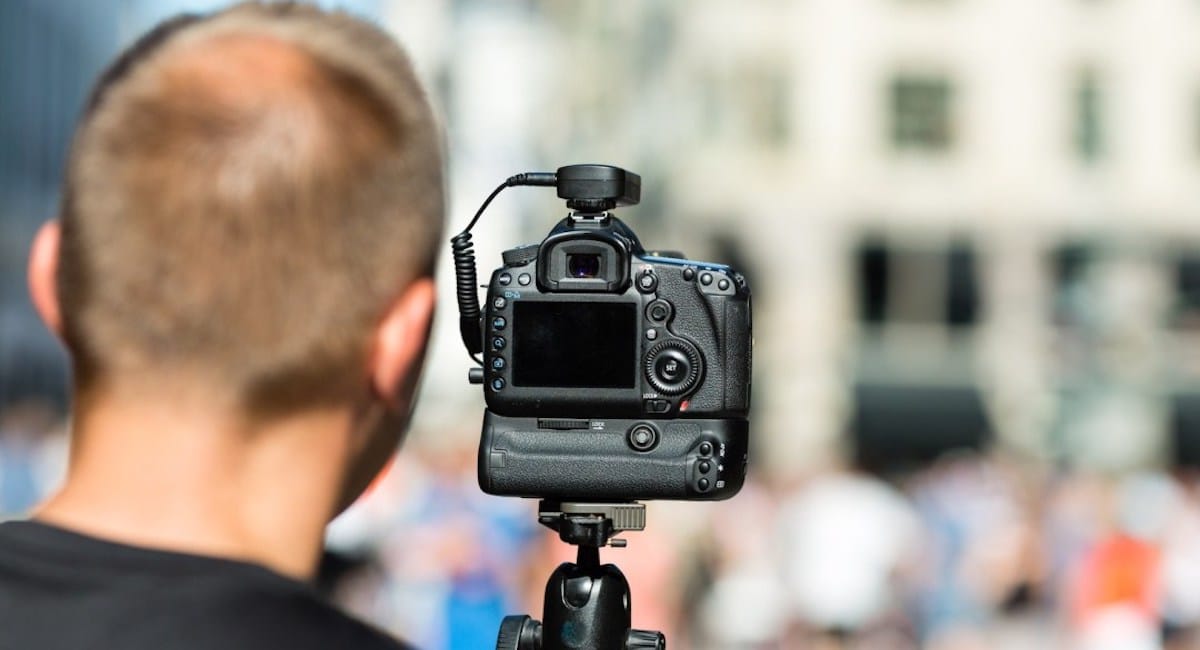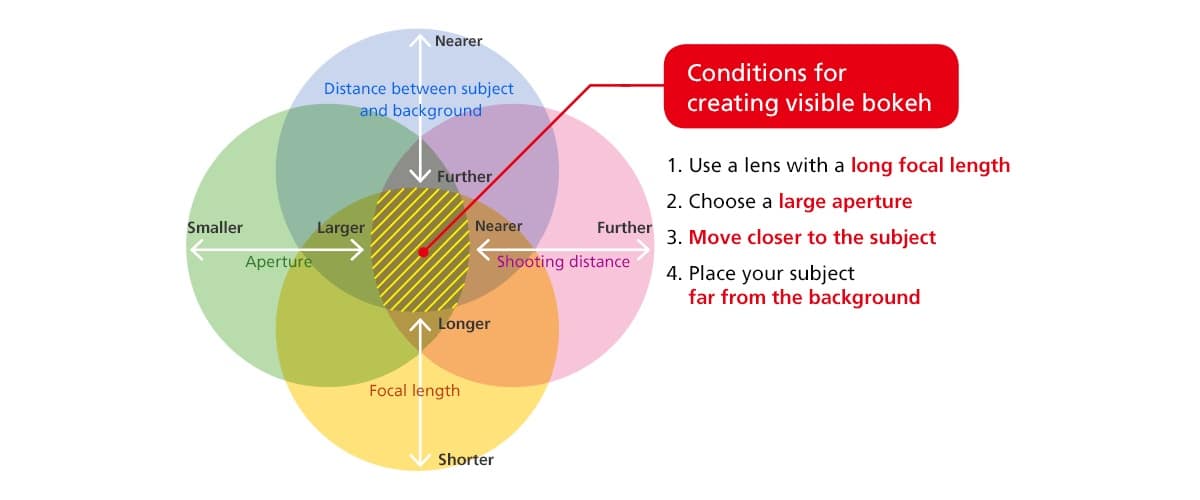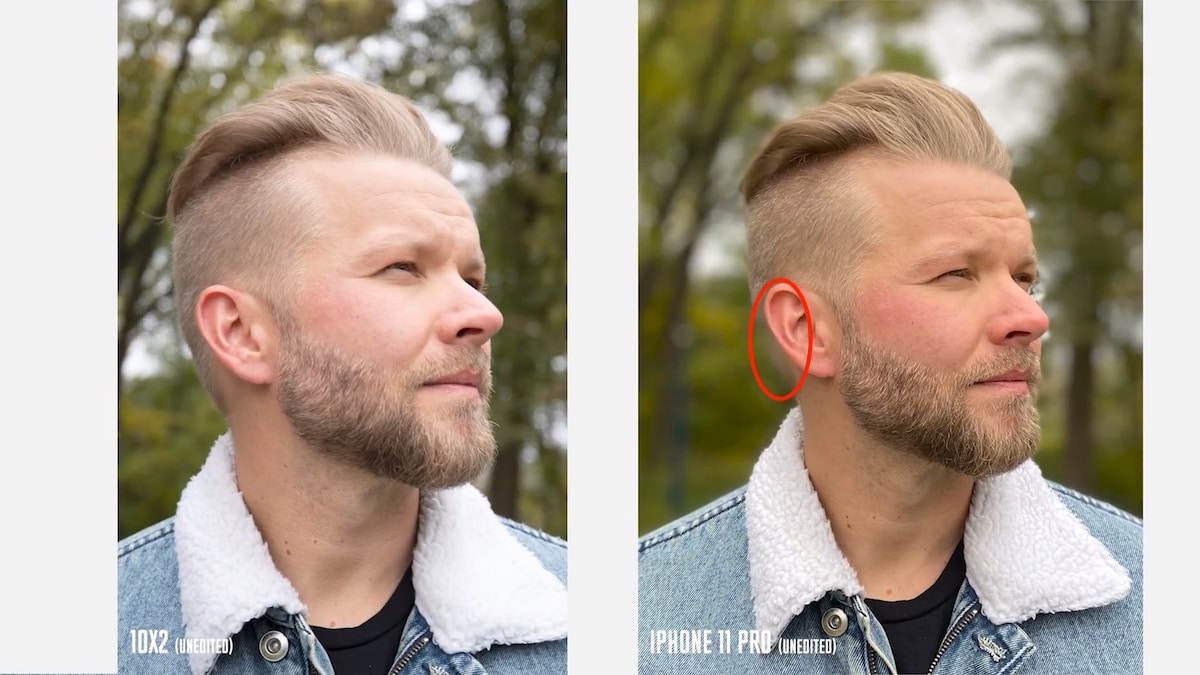
Whenever a new device is launched on the market, especially if it is a smartphone, we find comparisons of all kinds. Some make all the sense in the world, if we talk about camera comparisons, but others don't, like when it comes to performance benchmarks between different operating systems.
Today we have to talk about one of the absurd comparisons that from time to time we find online and that are usually related to an Apple device. In this article we show you a video where they show us the results obtained in different photographs between the iPhone 11 Pro and a Canon 1DX Mark II whose price around 4000 euros without objective.
One of the most striking aspects of the new generation of the iPhone range is found in the photographic section, a section where Apple had ceased to be the king in recent years and where both Samsung and Huawei had passed him on the right.
To check the quality offered by the new iPhone 11 Pro, YouTuber Matti Haapoja has posted a video on YouTube, in which the new iPhone 11 Pro is compared to a Canon 1DX Mark II.
The video shows us different captures of both the iPhone 11 Pro and the Canon 1DX Mark II, placing them one next to the other so that we can check the quality that each device offers us, showing special emphasis on background blur (bokeh effect) and wondering what capture we think has been made with each device.
Absurd comparison

If you've made it this far, you probably agree or disagree with my criteria when calling this video absurd. All smartphones configure the operation of the camera to be completely automatic and we do not have the need to adjust any value. SLR cameras also have that option, but if we want to get the most out of it, we will not use it, since for that we can use a smartphone, since it offers us greater versatility and we always carry it with us.
The main virtue of this type of camera is that allow us to manually set the values to capture the photos, both shutter speed and aperture. The diaphragm (f /) indicates the amount of light that enters the sensor. The higher the light we must set the shorter opening time (shutter speed).
If we want to blur the background of the images we make with a reflex camera, we must take into account the aperture of the lensThe larger the aperture, the more blur we will be able to achieve in the capture, so this comparison could be made perfectly with a 300 euro reflex camera.
In photography, it is so o more important the lens used than the camera. The lenses that offer us a larger aperture, f / 2.8 downwards, are much more expensive than those that offer us larger apertures. These lenses, we can use them both in cheap and expensive SLR cameras. If you are lovers of photography, surely when you have looked for prices for SLR cameras, you have seen how on many occasions these are sold without a lens, only the body.
Blur by optics or via software

SLR cameras use optics to perform background blur, we can adjust a blur depending on the aperture we use, so that the background is more or less out of focus. With a smartphone, I am not talking exclusively about the iPhone 11 Pro, a large part of the blurring process is done through software (the blur effect of Google's Pixels have always worked via software since until the Pixel 4 they only included a lens) Hence, sometimes some parts of the image, especially areas of the hair when we talk about portraits, are not shown in focus despite being in the frontal plane.

No matter how advanced the software that processes the images of a smartphone is, it will never be able to replace the result that we can obtain using optics, never, at least in the next few years.
A professional photographer is capable of taking spectacular photographs with a 300 euro camera. than us with a 400o euro camera, as is the case with the Canon 1DX Mark II. If you add a good lens to that, not the ones that are included in cheap SLR camera packs, the results can be really insulting.
The iPhone 11 Pro is ideal for day to day

The portability that an iPhone 11 Pro offers us we will not find anywhere near how heavy and sometimes annoying it is to carry a reflex camera with the different lenses that we can have at our disposal. With the iPhone 11 Pro, the camera has received significant improvements in all aspects, including night mode, so it is ideal for any situation.
The iPhone 11 Pro is Apple's first smartphone with three cameras:
- Ultra wide angle that offers us a focal length of 13 mm and an aperture of f / 2.4 with a field of view of 120º.
- Wide angle with a focal length of 26mm and an aperture of f / 1.8 with optical stabilization.
- Telephoto lens with a focal length of 52 mm, aperture of f / 2 and an optical stabilizer.
With the three cameras that the iPhone 11 Pro offers us, we can capture everything from landscapes to any type of social event. Apple was right not to go the way of Huawei to add a 50x zoom (no comments), a zoom that really is useless, since being digital, it is not optical, and all it does is enlarge the size of the image, an image that even if it is a 40 mpx capture will always lose quality by the way. If we are looking for optical zoom, the best is a reflex or mirrorless camera, a type of camera that has become very popular in recent years.
If we like photography, a SLR camera will give us everything we can ask for, as long as we have the necessary knowledge in photography, knowledge that requires a lot of experience, since the theory is very good, but when you put it into practice, in most cases there is always something wrong and we do not quite find the reason.

Interesting article. I have the new iPhone 11Pro Max and also a Canon EOS 5D Mark III.
Honestly, the new iPhone is spectacular in how they have improved the quality of image and video. The jump is evident and with great improvement over any previous model including the X Pro Max (which I still keep).
Now the difference that is still noticeable when using the Canon against the iPhone Pro is the dynamic range and above all the resolution. It is clear to me that the fault is still in the insufficient megapixels of the iPhone compared to a professional camera. The new iOs with "deep fusion" has improved the resolution but I still miss the Canon image quality.
But being practical and realistic today, we have to understand exactly what we need a camera for.
A smartphone like the iPhone, with a now so high quality in photography and video (I manage to carry out spectacular projects where many already doubt that they are recorded with iPhone), infinite possibilities of adjustments and retouching both with the native software and with the varieties of Apps in the market, it turns out to be too efficient a tool in any situation and will surely give a drastic change in the market, especially for what today has been standardized in most users like Instagram.
Carrying the weight of a DSLR like the 5D with you in a bag, with its accessories, lenses, charger and then having to transfer the work from the card to the Mac (although today there is a Wi-Fi option) is still a process that is already too slow and tedious regarding to a smartphone in your pocket ready to go instantly in any situation including post-production.
Kind regards.
I completely agree with your comments. The war for megapixels ended a few years ago, staying at 12 mpx, although seeing the path taken by Chinese manufacturers, it is probably time to continue improving the iPhone camera by increasing the resolution.
What is clear is that each device has a specific use we could call it, although the iPhone stands out for its versatility but it will never replace a reflex camera, much less a 5D Mark.
Greetings.
I agree with the comments. A fullframe gives more resolution and has more potential, but it remains only in that, in potential. In non-professional hands and without post-production, in many cases it gives images of worse quality than an iPhone 11 pro. Conditions to take a good photo with a canon 5d? Be a good photographer, have good shoulders to carry the equipment, and spend hours with the pc. Conditions to take a good photo with an iphone 11 pro? Point and shoot, it's that simple. People know it and that is why the sale of cameras is plummeting, and this has just begun ...